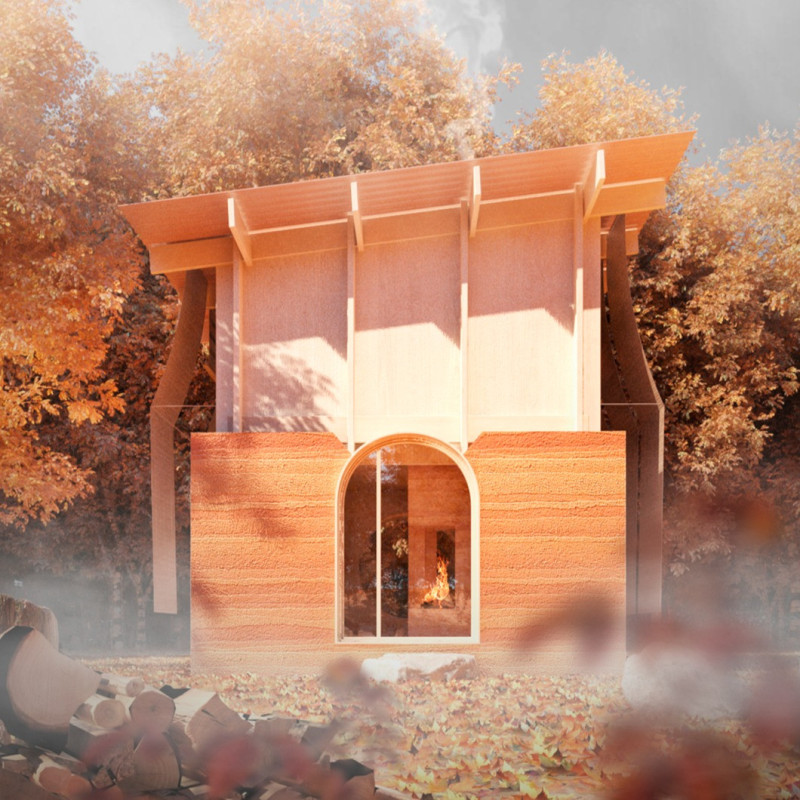5 key facts about this project
The project showcases a thoughtful integration of sustainability within its design, emphasizing the significance of natural light and ventilation. Located in a carefully considered context, the structure focuses on creating comfortable living spaces. The overall concept connects indoor environments with the outdoors, promoting a resource-efficient lifestyle that adapts to the needs of its users.
Roof Plan
-
A well-defined roof plan acts as a key element in the design. It includes a solar protection system, featuring a perimetral fence and clothesline. This arrangement addresses practical needs while minimizing direct sunlight exposure, contributing to better thermal comfort for the inhabitants.
Daylight Floor
-
The daylight floor is designed to enhance illumination in critical areas like kitchens and workspaces. It incorporates larger windows that allow plenty of natural light to permeate these sections, improving both air quality and aesthetic appeal. Rammed earth walls are a significant feature, providing thermal mass and good acoustic properties. The use of cork and natural wool insulation further elevates energy efficiency and temperature regulation.
Living and Bedroom Areas
-
In the living area, the aim is to balance openness with intimacy. The design reduces the footprint while increasing vertical height, which creates a sense of space without overwhelming the occupants. A fireplace serves as an important gathering point, delivering warmth and comfort, especially during colder seasons. Bedrooms are designed to take advantage of available views and daylight, providing a soothing environment ideal for rest.
Basement Floor
-
The basement is designated for rest and storage, characterized by reduced natural light. Its placement below ground is intentional, helping to maintain stable temperatures year-round. This design choice allows for versatility, making it a potential shelter as well. The north-east elevation features a blind facade that is completely insulated, playing a crucial role in energy efficiency and heat retention.
The careful arrangement of spaces and thoughtful selection of elements contribute to an overall design that emphasizes sustainability while providing a comfortable living environment. By focusing on features like thermal inertia, the structure adapts to changes in temperature, ensuring a livable and inviting atmosphere throughout.



















































